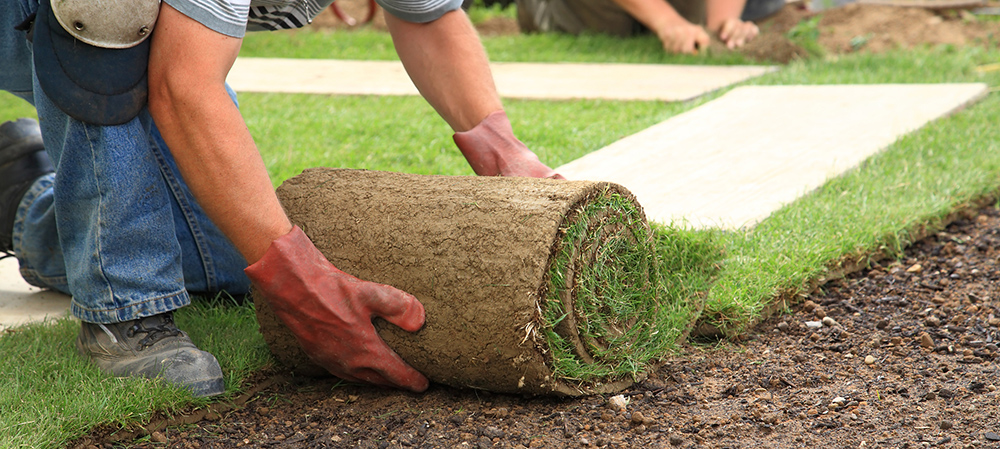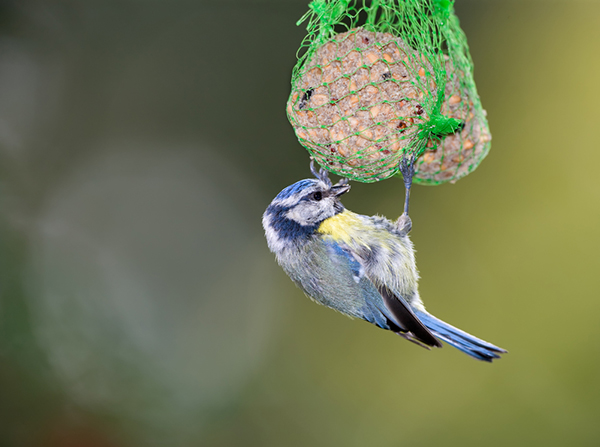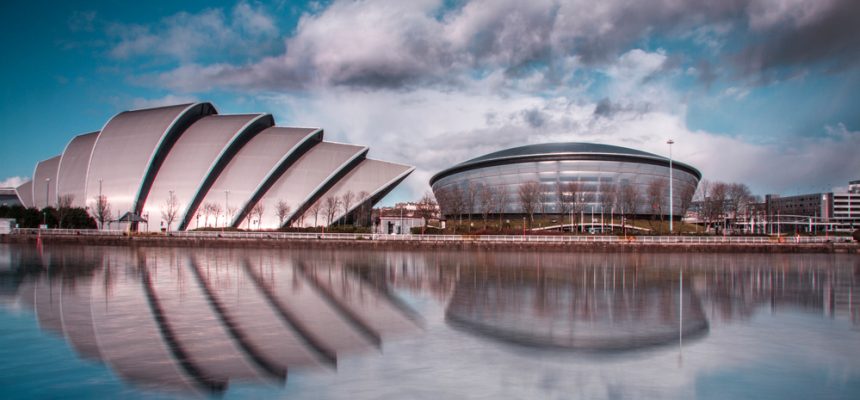The recent events of COP26 made headlines around the world. Leaders from many nations gathered to bring awareness to the impact of climate change. Plans to deal with it were made or just reinforced, and numerous countries made specific pledges of goals they’d take in the direction of keeping the planet from warming up too much.
Despite the severity of the issue, COP26 was not about making or passing international laws that would impact homeowners and businesses at a local level. Still, the landscaping choices people make might be impacted by the awareness and education trickling down from events such as COP26.
Choosing Natural Grass Over Artificial Grass

One thing homeowners can do is choose natural grass over artificial grass. Natural grass helps recycle the atmosphere everyone breathes, and it can also serve as a source of nutrition for local wildlife. On top of that, organic root structures are better at securing topsoil so it doesn’t run off with erosion.
Hard Landscaping Versus Soft Landscaping

Hard landscaping often involves the use of cement or stones. Cement is usually made using sand, and the industry is getting a lot of that from riverbeds in Africa and causing environmental damage there. Stones might seem like a natural element, but their mining and transportation can involve a lot of fossil fuel usage.
Alternatively, soft landscaping involves using actual plants. Grass, shrubs, and trees are planted in such a way to make a landscape attractive while also providing the world another carbon sink.
Rainfall and Wildlife

Using plants in landscaping doesn’t just prevent erosion. They also maintain moisture and water retention in a natural space. This means that wildlife can get access to water or at least eat vegetation that has moisture in it. When wildlife can’t get its nutritional and hydration needs met somewhere, they will move on, and that breaks down the food chain in the local ecology even more.
In Summary
While climate change is a global phenomenon and problem, its impacts are often felt locally. However, people responsible for local landscaping decisions can do something about it. Using local plants and materials helps prevent pollution and maintains the local ecosystem. These are always opportunities to educate and inspire others in their own landscaping decisions. COP26 might have brought awareness at an international level, but its example can be carried over just as much at the local level.
Posted in Landscaping, Landscaping Techniques, News
